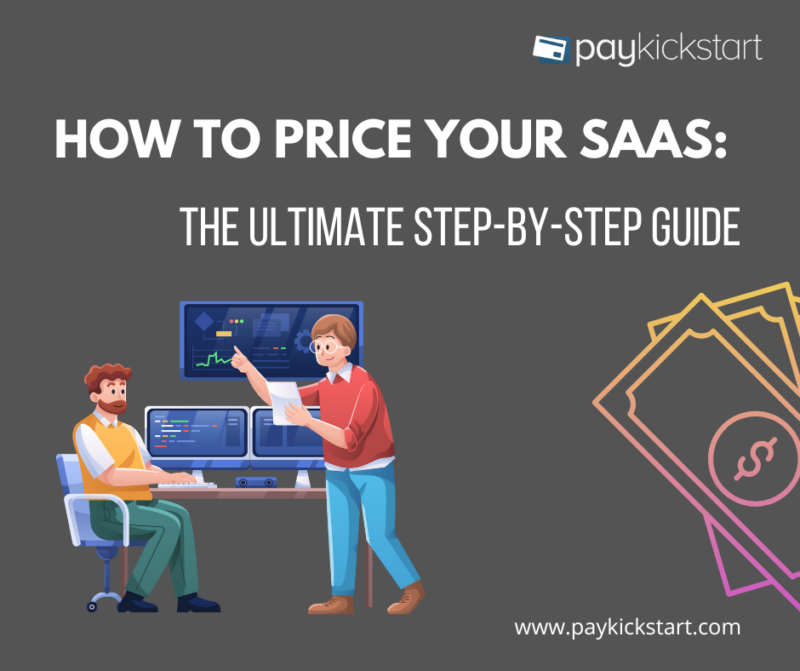Subscription growth hack (by PayKickstart)
Facebook Group - 3,932 members
Visit Group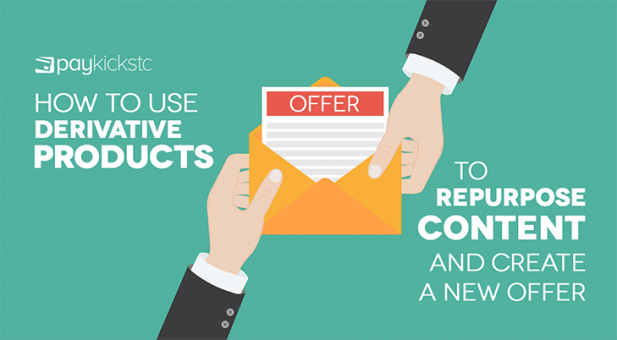
Digital marketers provide more content than they can effectively market. According to a 2017 report by Accenture (pdf), marketing leaders feel they produce an “enormous” amounts of content. But 20% of that content is never distributed.
In other reports, the trend is even more drastic. According to SiriusDecisions, up to 70% of the content that B2B marketers create remains unused.
If you have been investing heavily in content creation, you may have noticed an unfortunate trend… Most of those content assets go down blogs’ archives to never send any noticeable amount of traffic to your site again.
Is there any way to bring that old content back into the spotlight for it to become more valuable again? Can you re-use that old effort to achieve new results?
Yes.
You can create new assets to build traffic and even come up with new products by using content repurposing tactic.
Content repurposing is turning your old content into a new asset by using alternative content formats.
More often than not, it is about turning your text content (articles) into videos, infographics, etc.
But if you approach the tactic strategically, you can create more valuable assets:
A derivative content model focuses on building your content strategy around repurposing.
Every content campaign should involve all content derivatives that aim at creating new marketing channels and supporting the final project.
Let’s explain this by looking at an example.
Let’s imagine that you are planning to create an interview series with niche experts. Each interview would discuss a specific topic of expertise your interviewee specializes in.
Now, a derivative content strategy would focus on the end project first for you to be able to create an effective content repurposing strategy. Using tools like Text Optimizer will help you get more ideas of more angles, topics and concepts you can cover in the repurposing process:
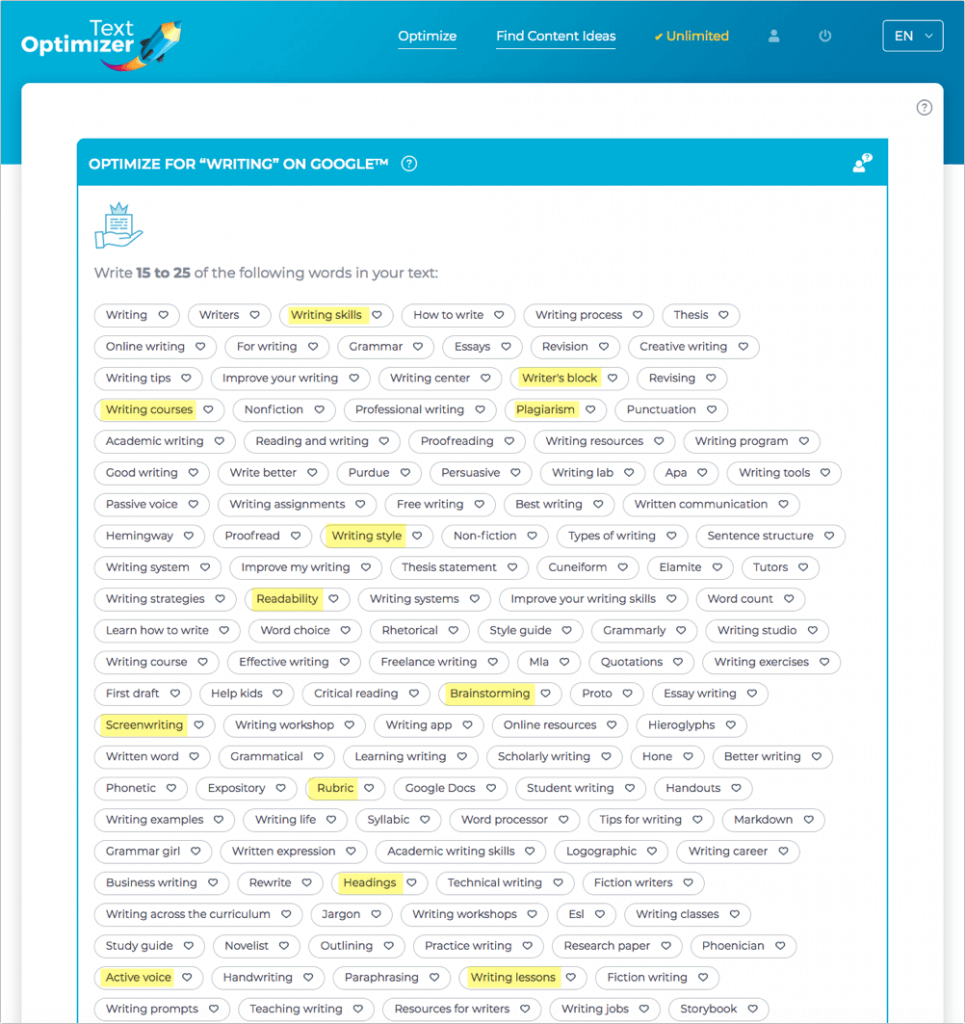
Before you even start reaching out to influencers and planning your video interview, you will already know that:
At the end, your derivative content strategy will look like this:
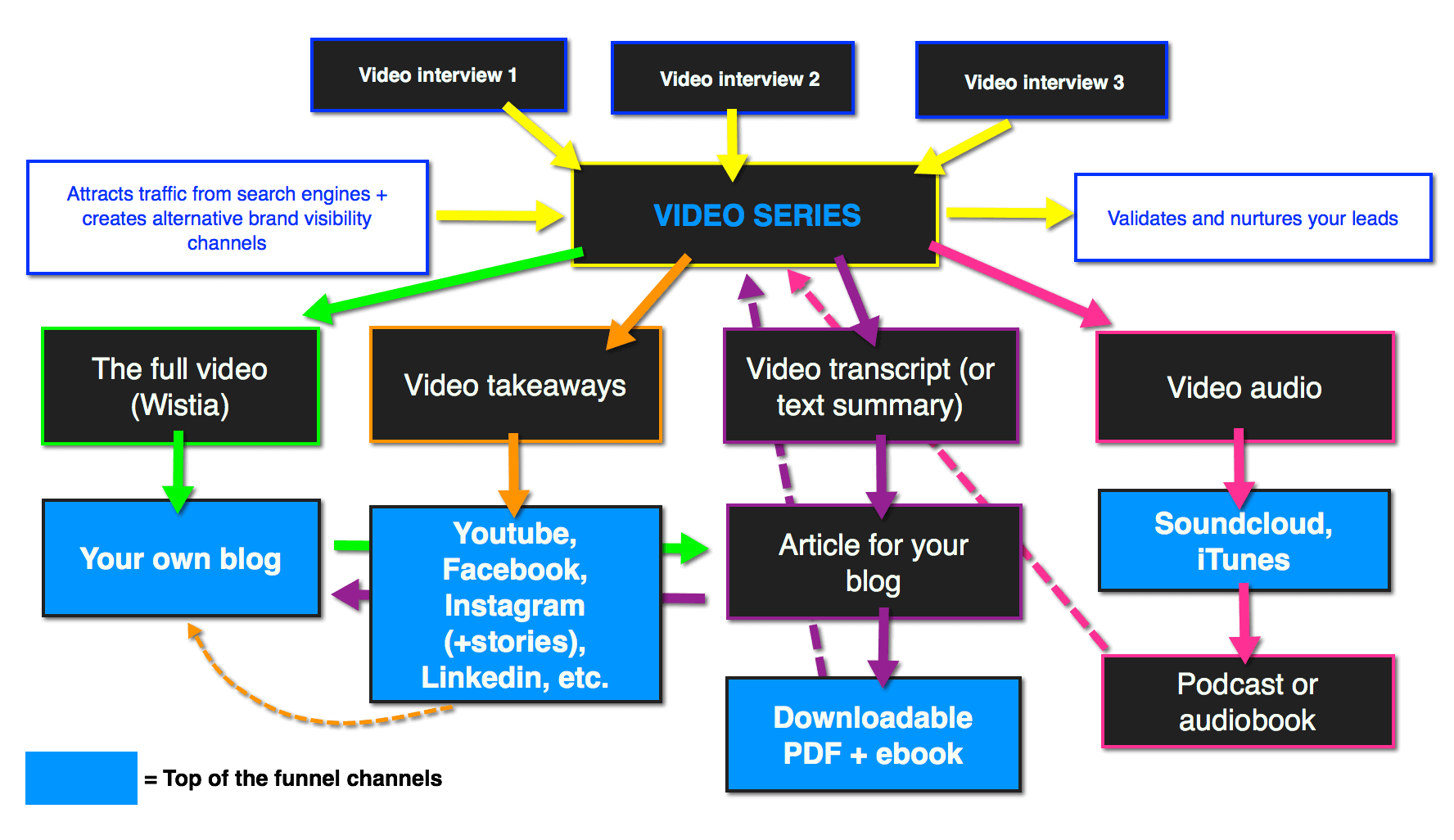
Notice how each part of strategy contributes to the whole while creating a new brand visibility channel of its own.
This way, you create a lot of content while allowing each piece to market the whole and the whole to be driven by each piece.
The derivative content strategy has content repurposing at its core. It solves the biggest content marketing challenge: Creating a lot of content to cater to all kinds of marketing channels while making the most of all marketing all of your content.
You can apply this strategy going forward but you can also use your already created assets to make them work for you again.
In this case, instead of planning the new asset, you will need to collect and organize your existing assets first:
For example, if you were able to find 5-10 articles on a single topic, you would be able to use them to create an eBook. In this case your repurposing content strategy would look like this:
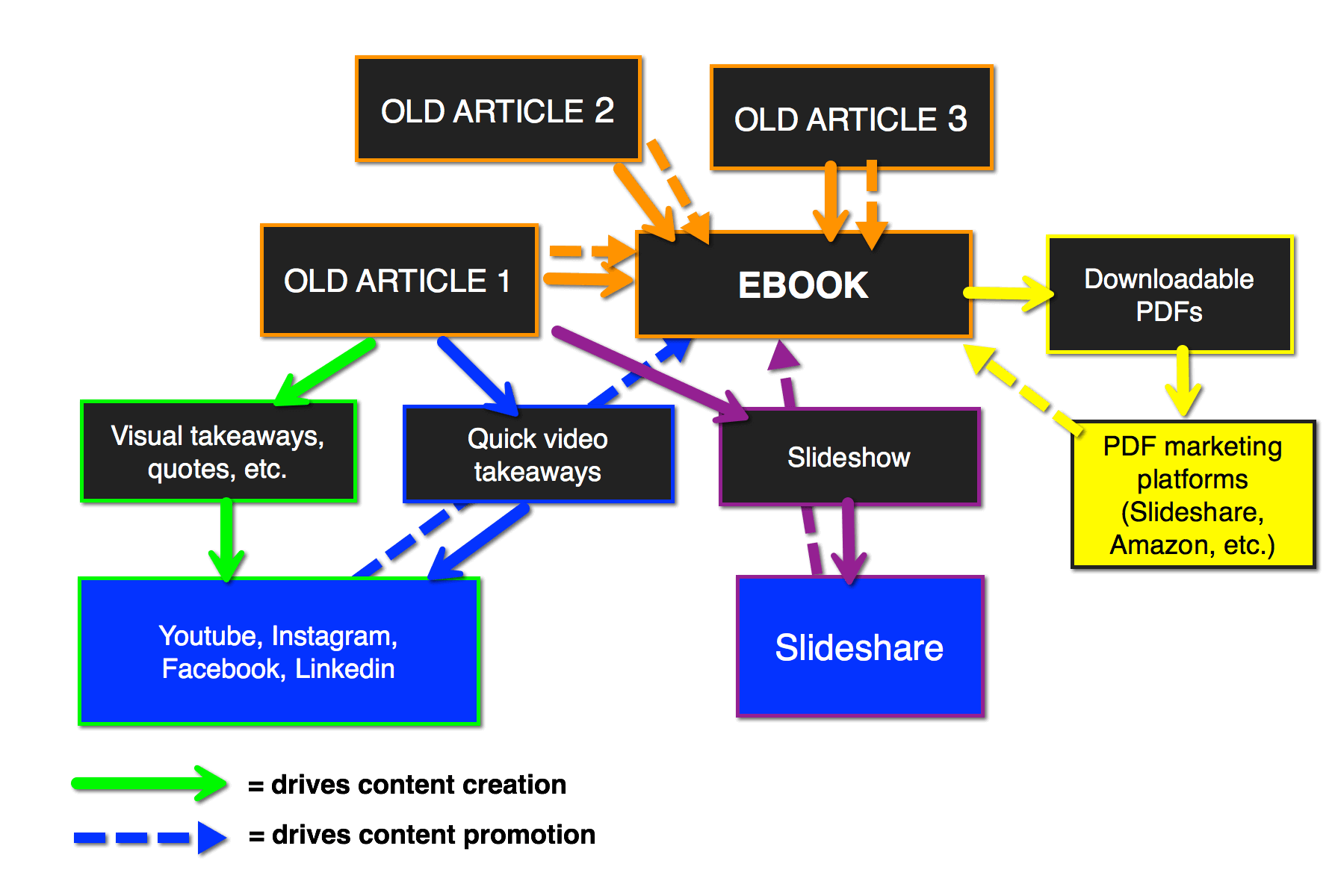
Rinse and repeat for each of your articles until you are done. Don’t forget to update your old articles to send those readers to your newly created asset, eBook.
All those newly created channels (Youtube, Slideshare, Instagram, Facebook, Twitter, etc.) can also be used to promote your newly created eBook. Plus, all those channels can also promote your old articles giving them a new fresh start:
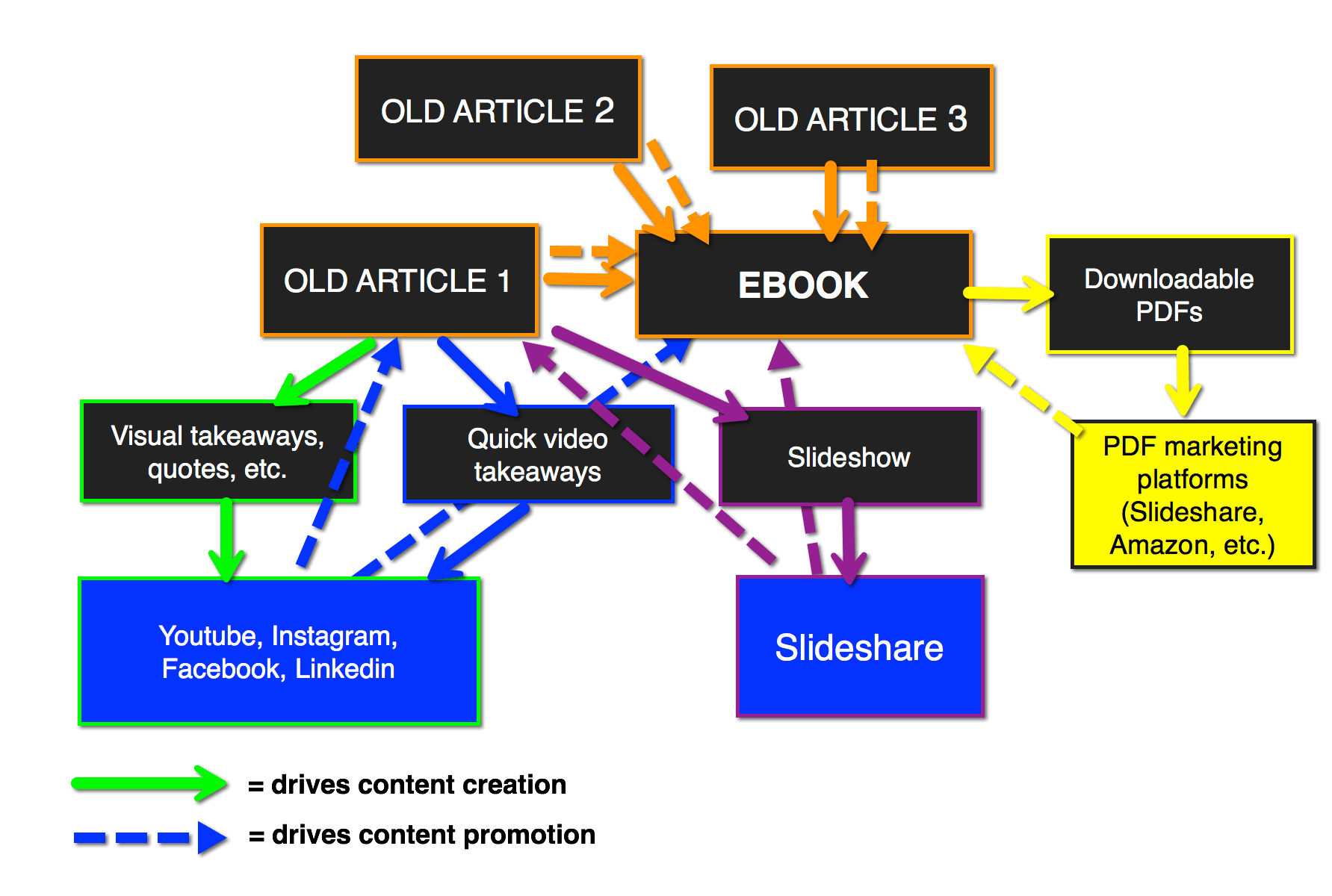
Now, the beauty of this content marketing strategy is that it can have a lot of implications. Naturally, you can use it to increase traffic, collect leads (using those new assets as gated content) and engage your subscribers.
You can also use the same strategy to create new derivative products. There’s nothing preventing you from selling those courses and eBooks to build up more income.
Here’s a detailed guide on how to monetize your newly created content assets and sell them using PayKickstart.
To start selling your eBook, use PayKickstart’s payment integrations (like PayPal and Stripe), as well as multiple customizable checkout templates:

To start selling your newly created email course, use use any of PayKickstart’s email marketing integrations including ConvertKit, Mailchimp, Getresponse and more:
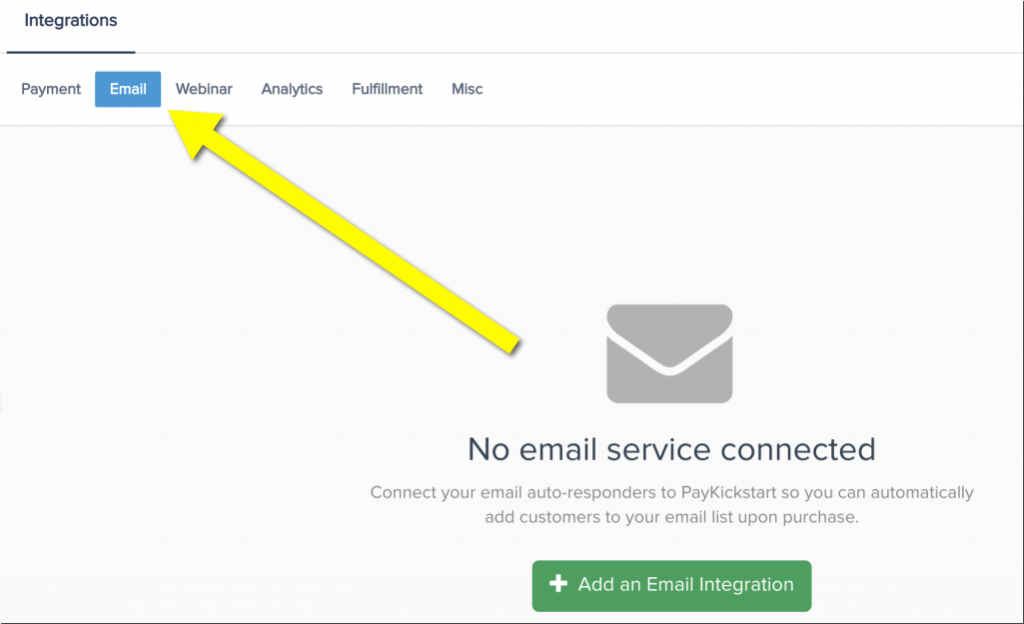
To set up a multi-tier membership site to sell your video course, you can choose any of these membership site integrations inside PayKickstart.
Years of investing in creating high-quality content shouldn’t go wasted. You can repurpose your old content into new assets to further monetize your digital brand.
It is also a smart idea to embrace the derivative content model for your future content marketing strategy. This will allow you to create more diverse content while scaling its distribution in a most efficient way.
Ann Smarty is the Brand Manager at Internet Marketing Ninjas, as well as co-founder of Viral Content Bee. Ann has been into Internet Marketing for over a decade, she is the former Editor-in-Chief of Search Engine Journal and contributor to prominent search and social blogs including Small Biz Trends and Mashable. Ann is also the frequent speaker at Pubcon and the host of a weekly Twitter chat #vcbuzz
Read More About Ann Smarty